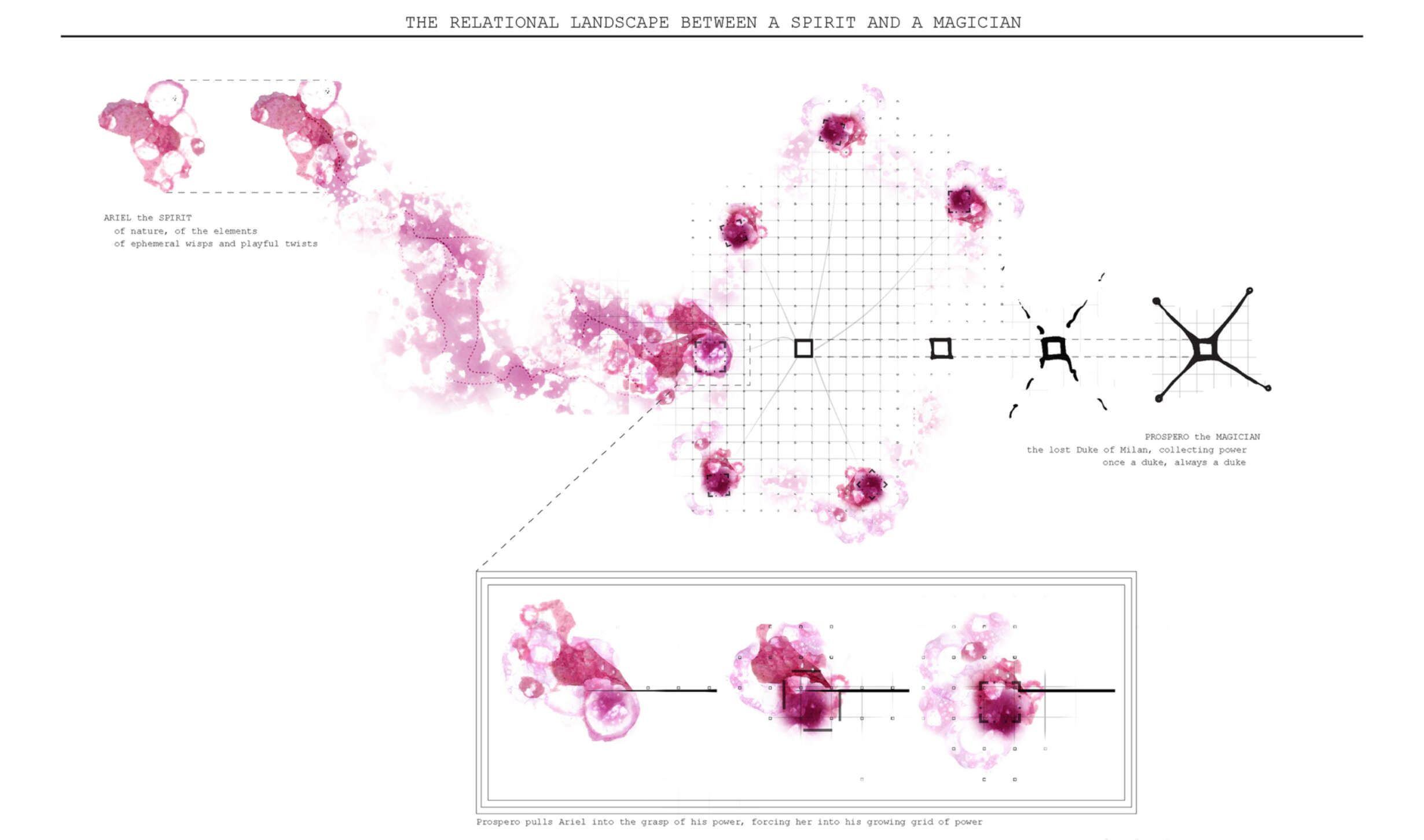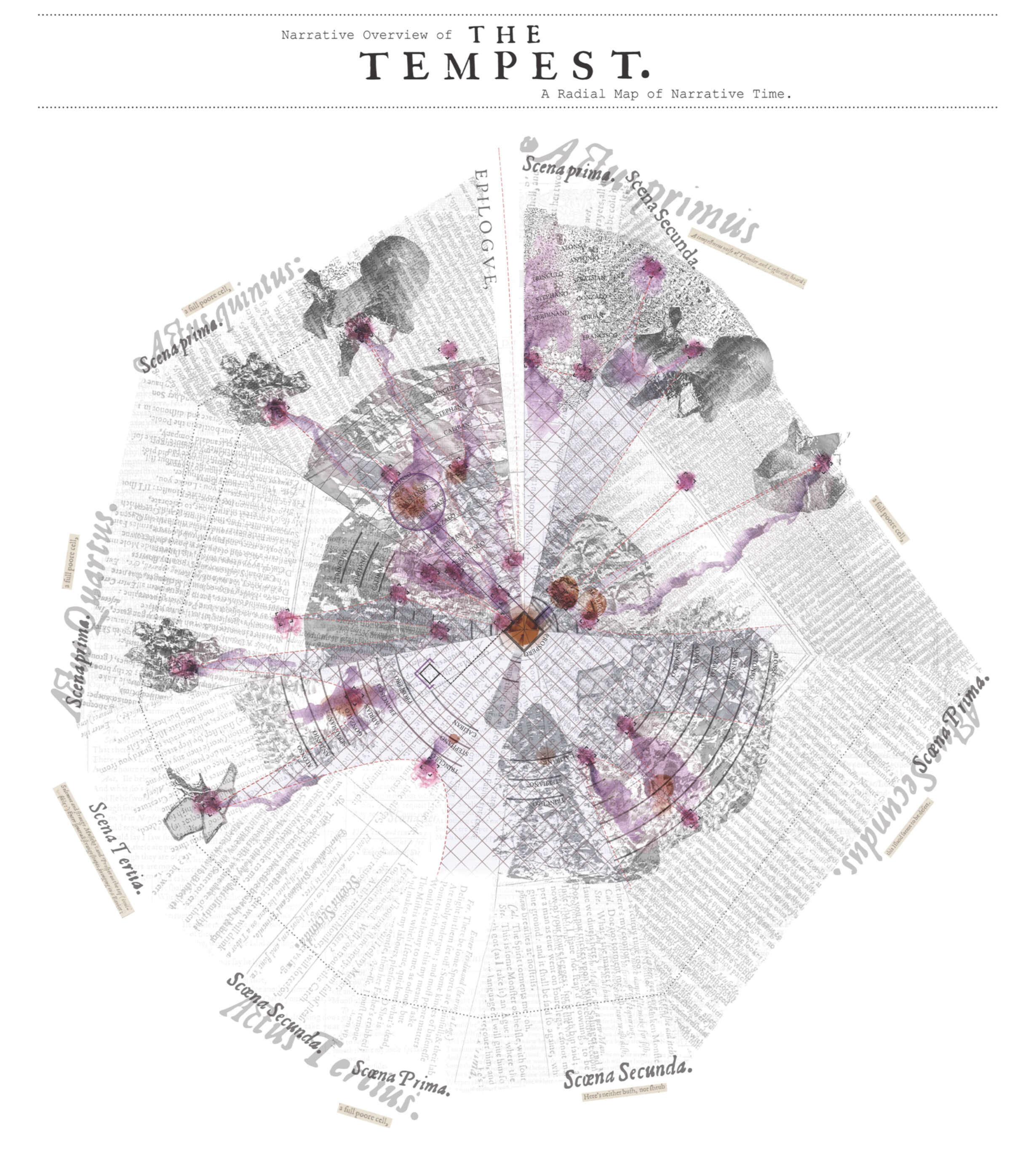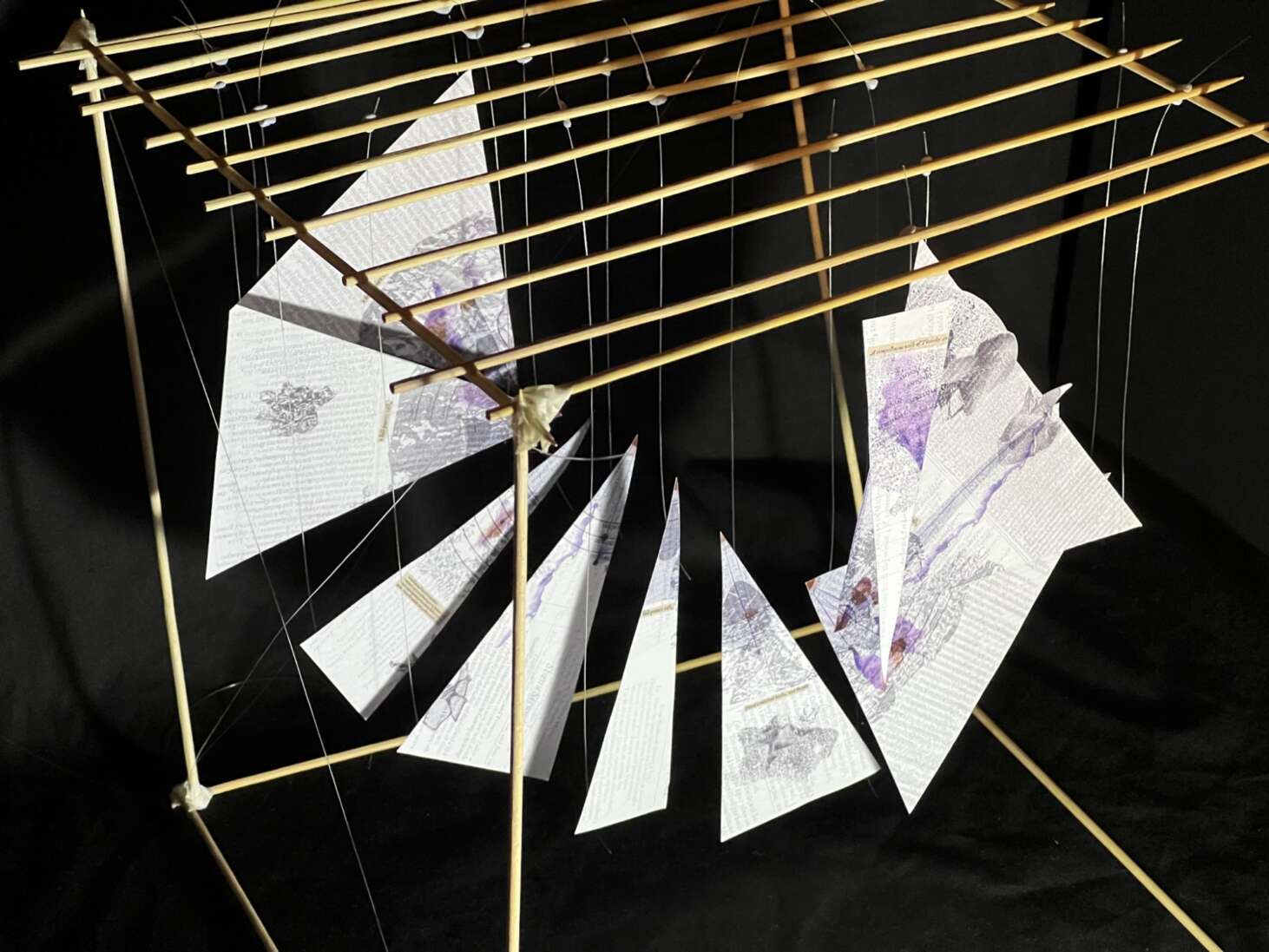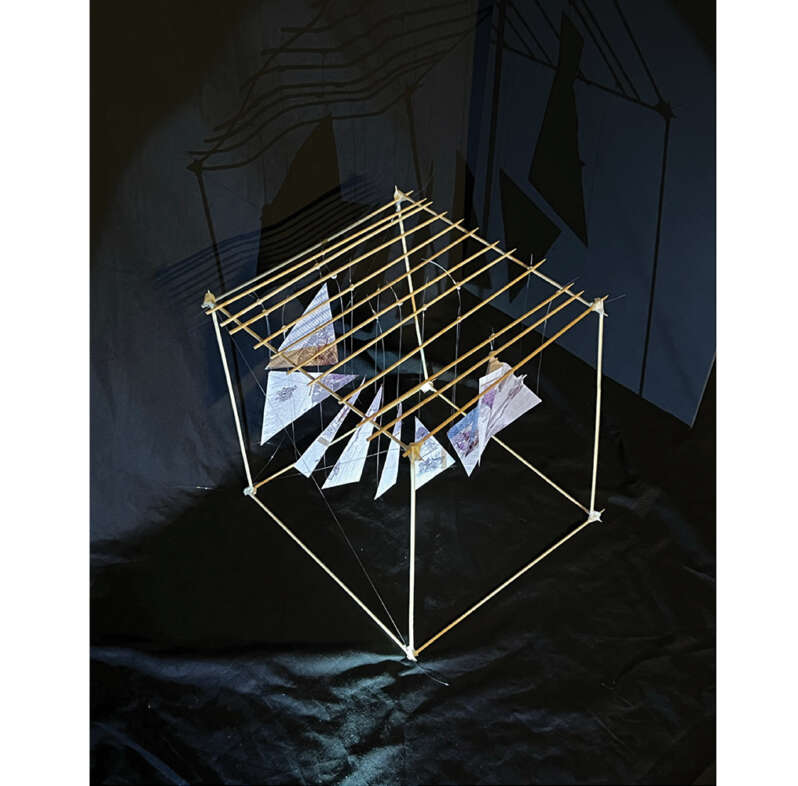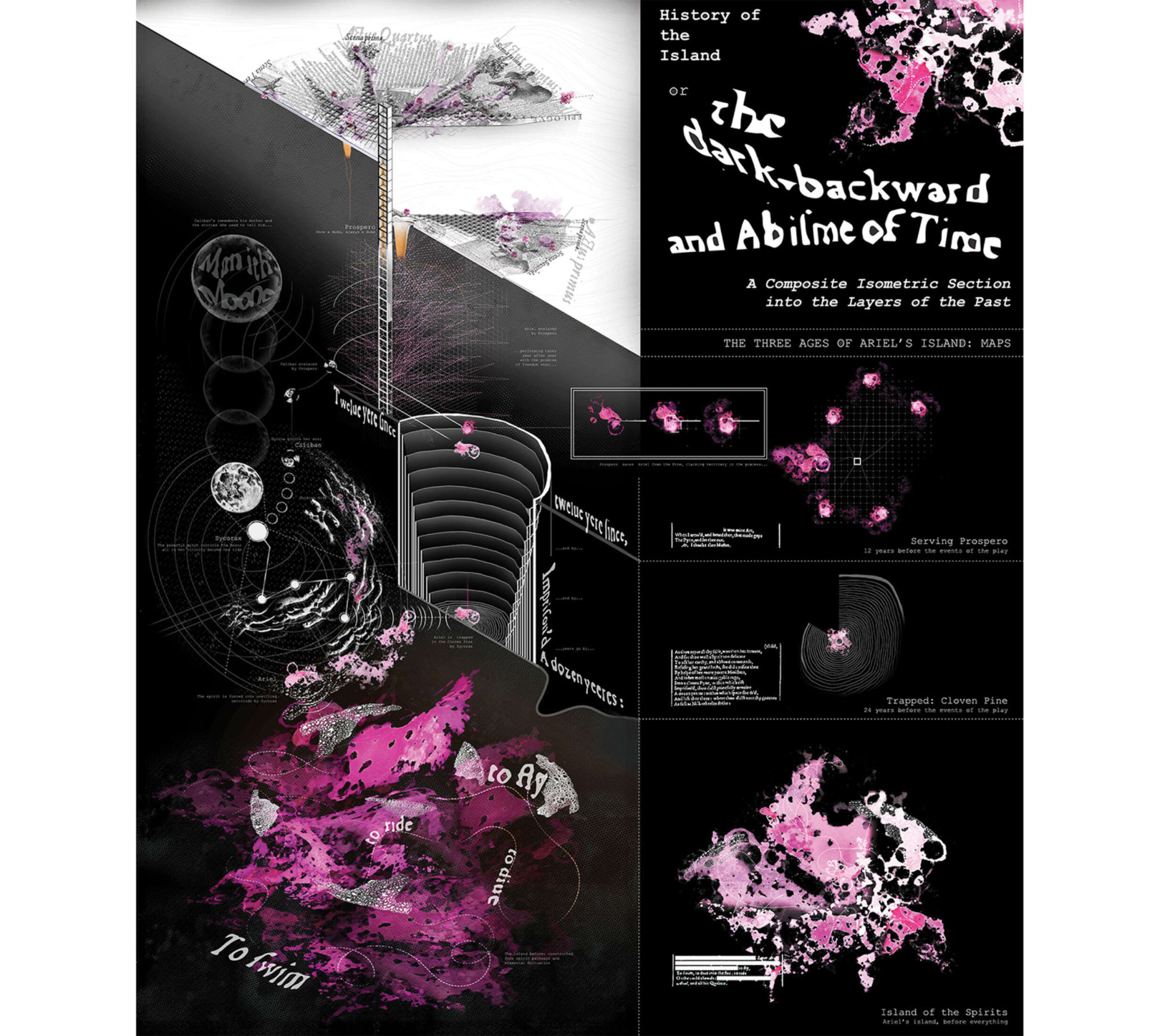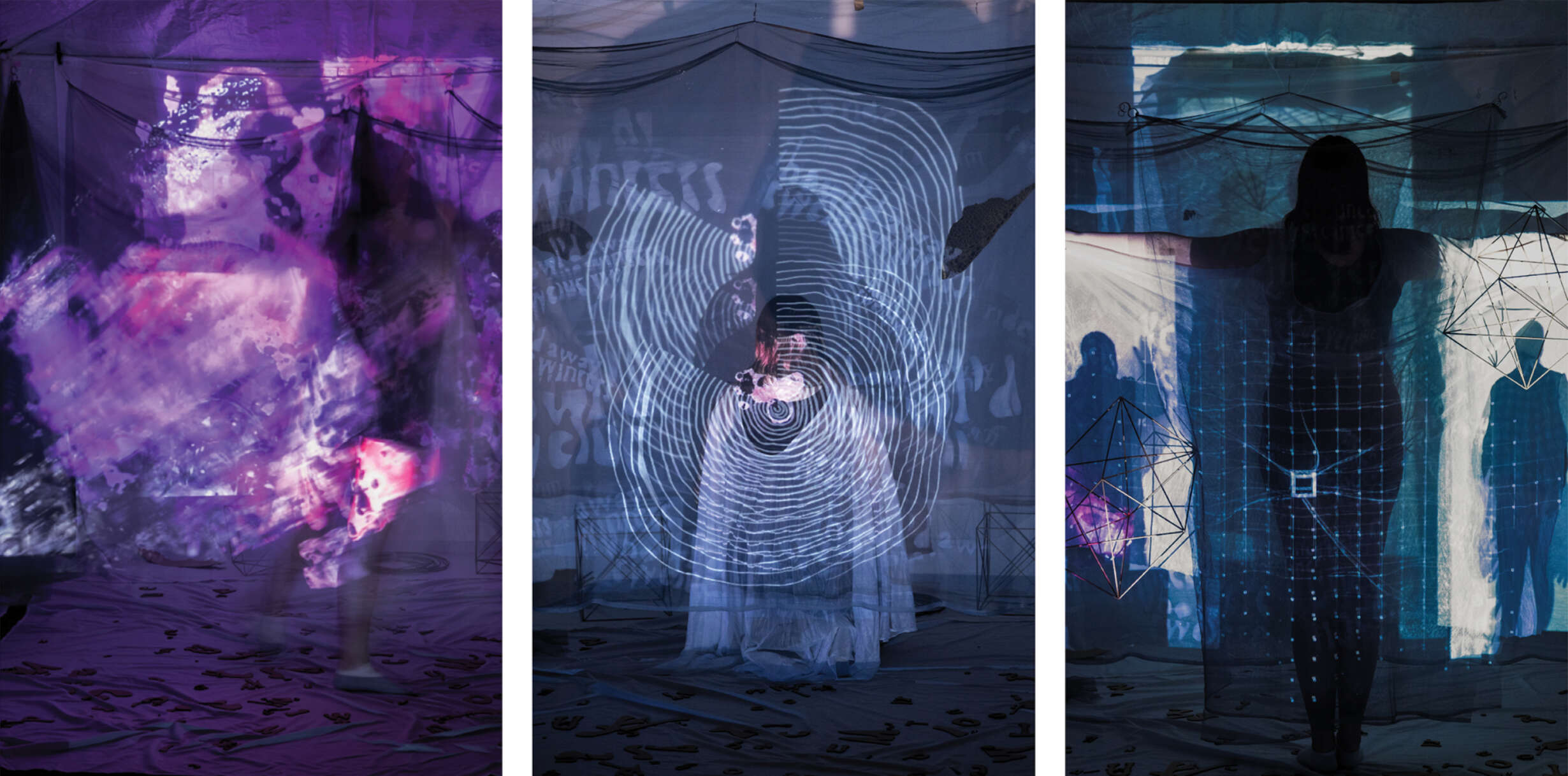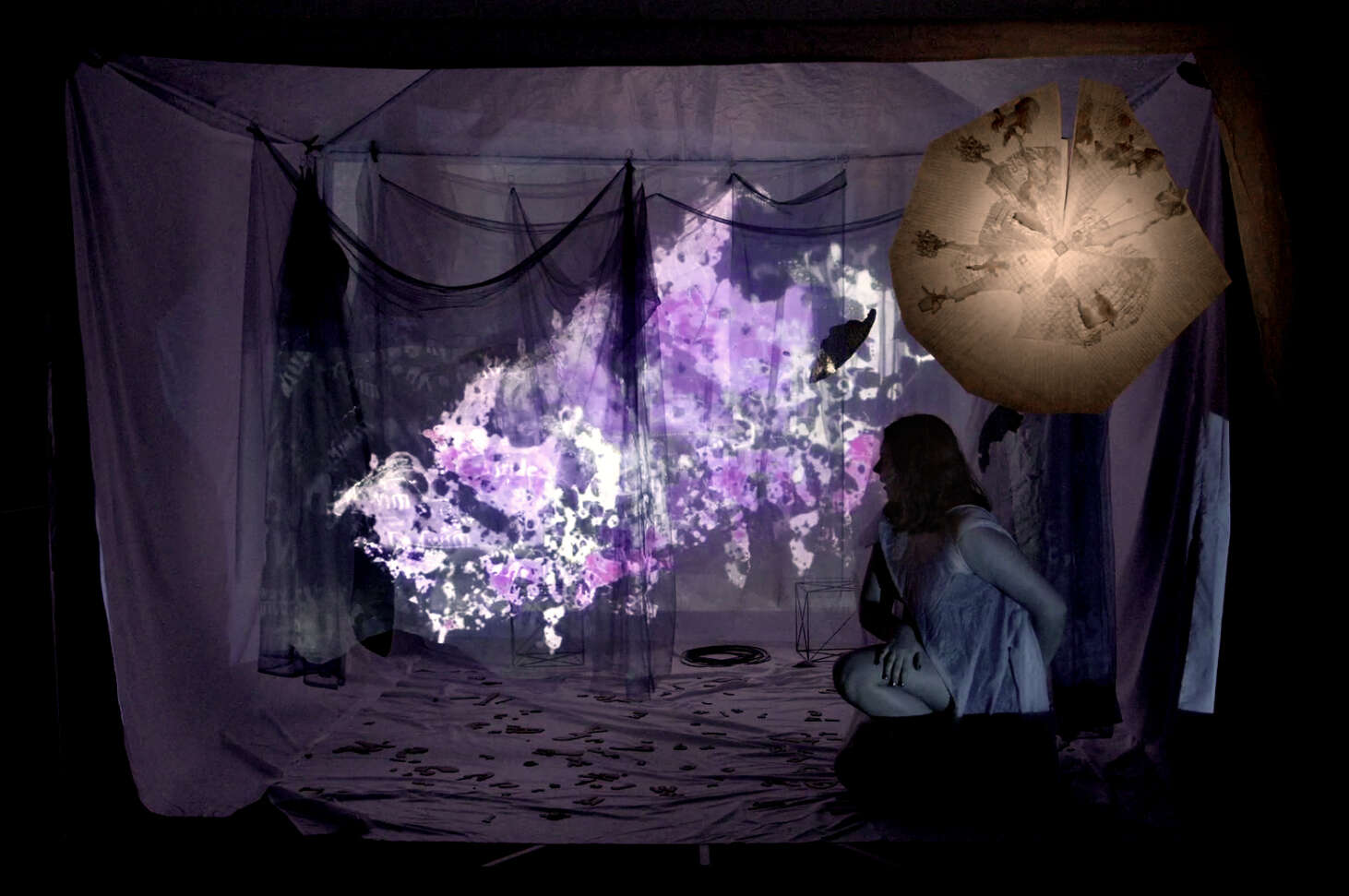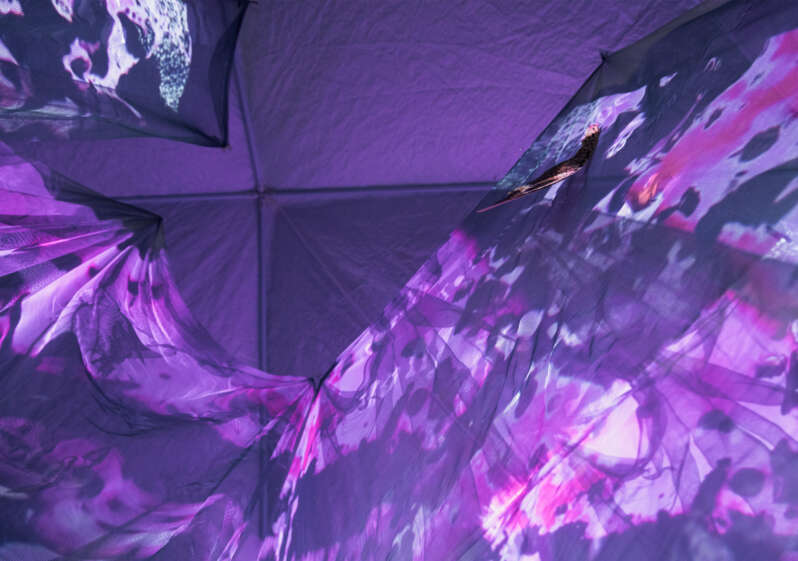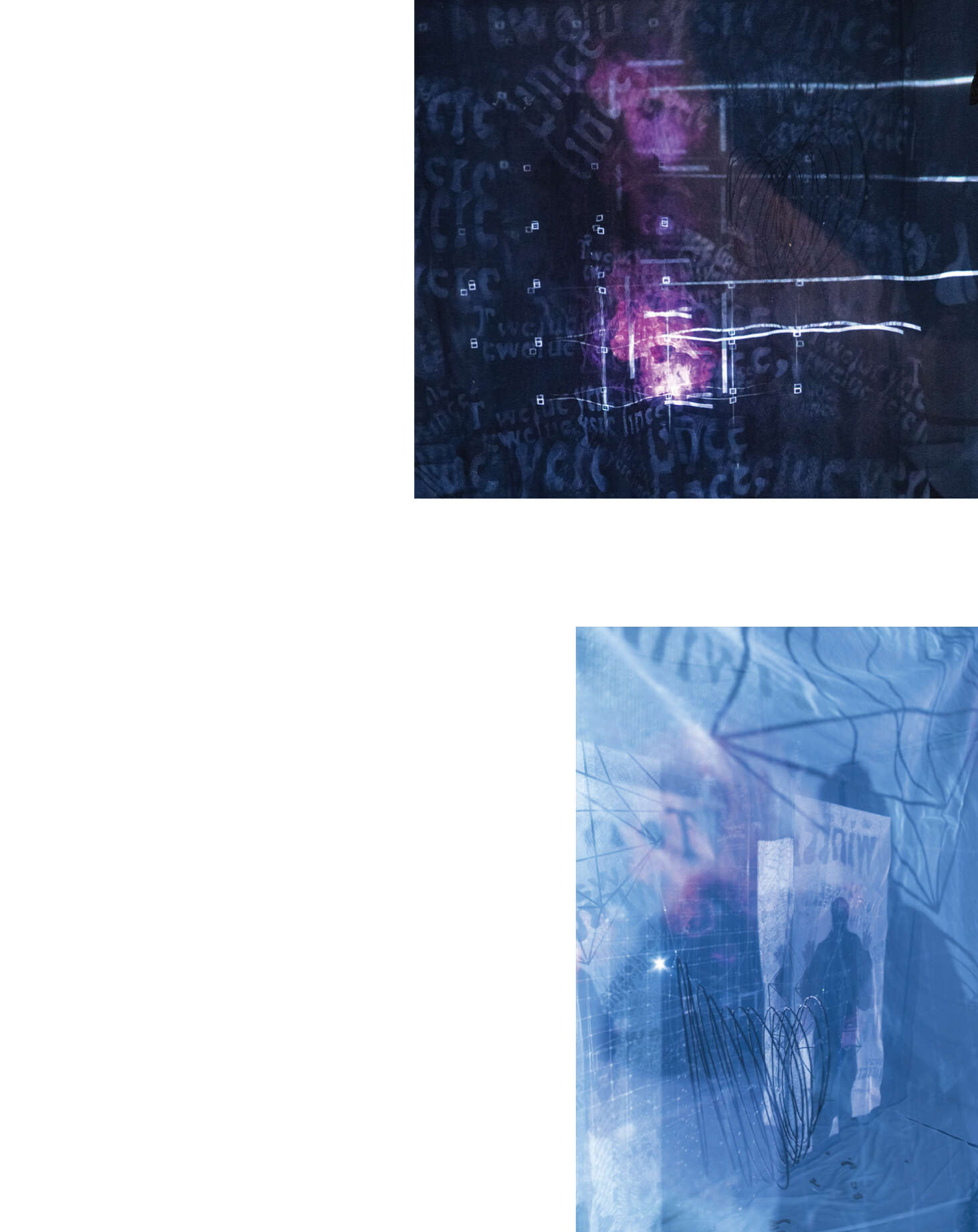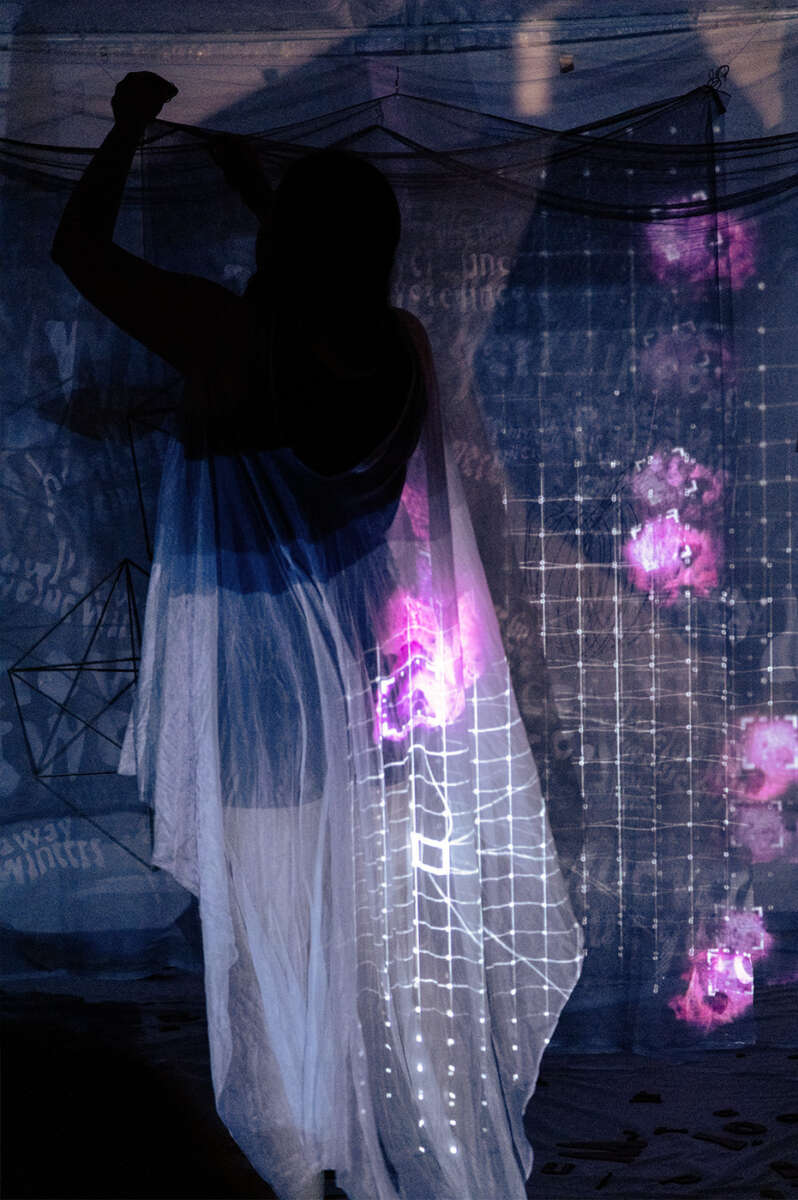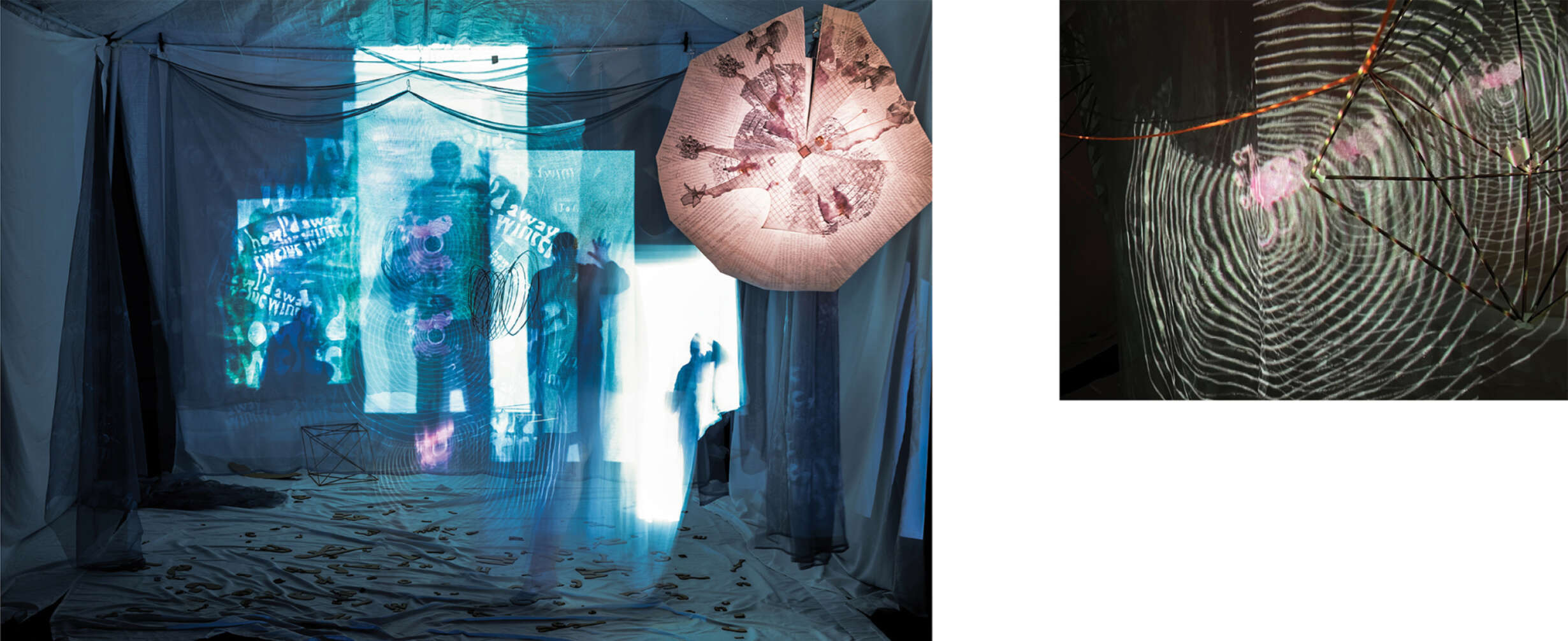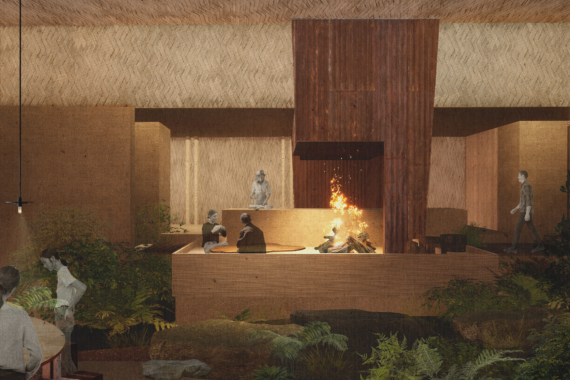Past is Prologue: A Scenographic Cartography of 'The Tempest'
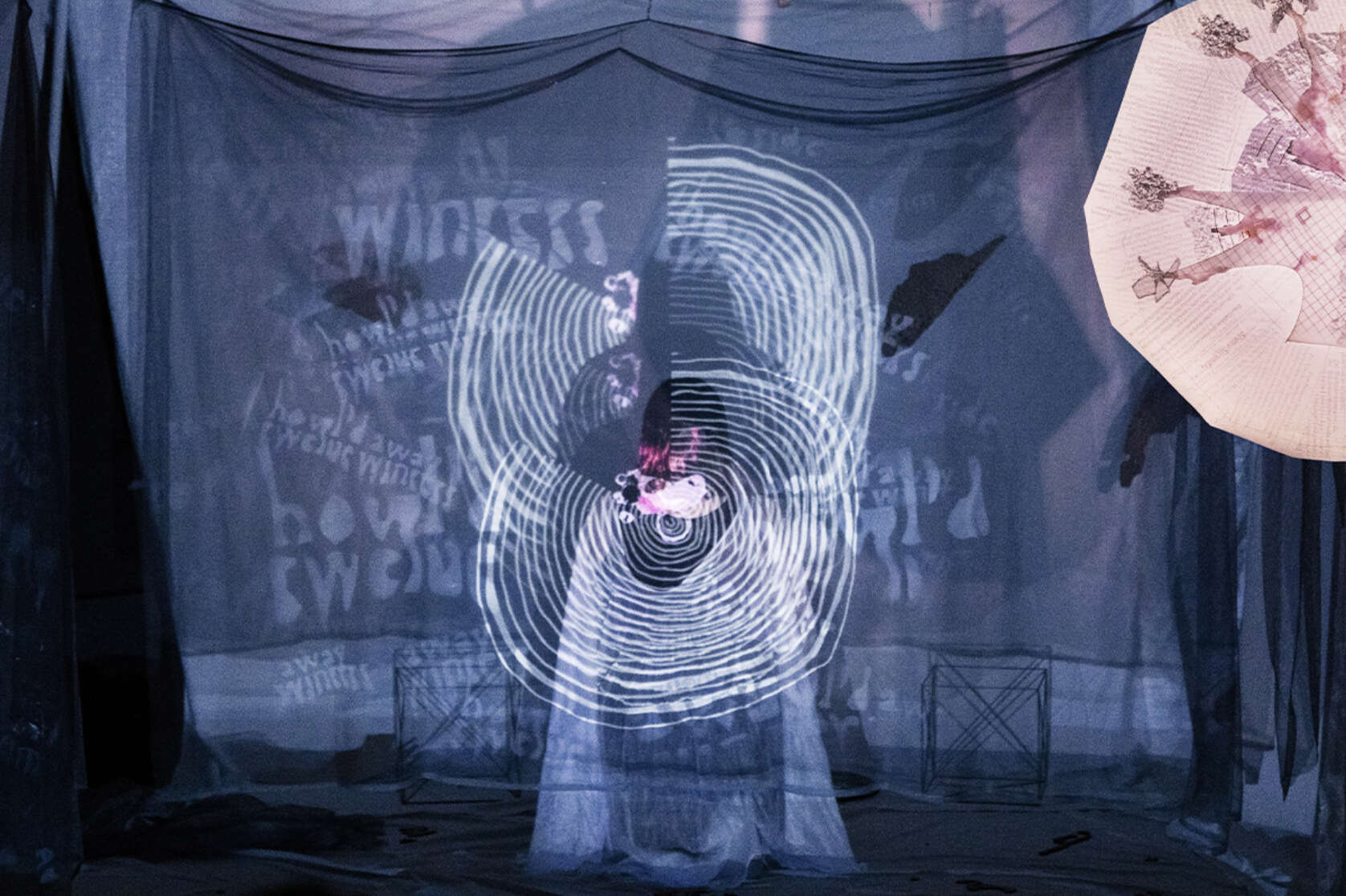
This thesis began as an investigation of the intersection between architectural representation and dramaturgy, which uncovered a rich web of practitioners across architecture, theatre and other fields working in the realm of experimental mapping.
Drawing on this research, this project uses William Shakespeare’s The Tempest to explore speculative cartographic ideas in a fictional plane. By eschewing a real-world landscape to instead employ the First Folio text as a semantic and graphical ‘site’, it also probes at the fantastical quality of 'islandness' in the Western colonial imagination.
This research does not seek a resolved architectural conclusion but, rather, revels in the complexity and ambiguity of its interdisciplinary discoveries...







